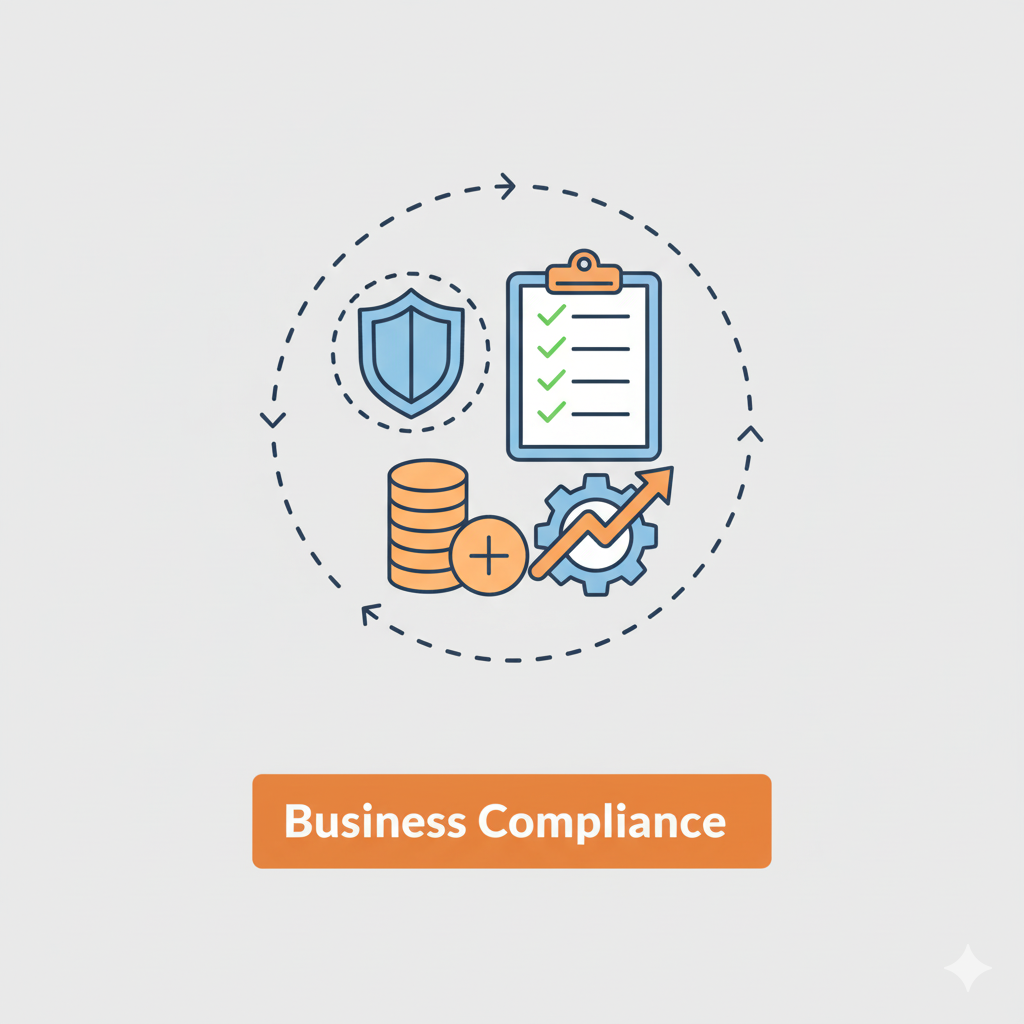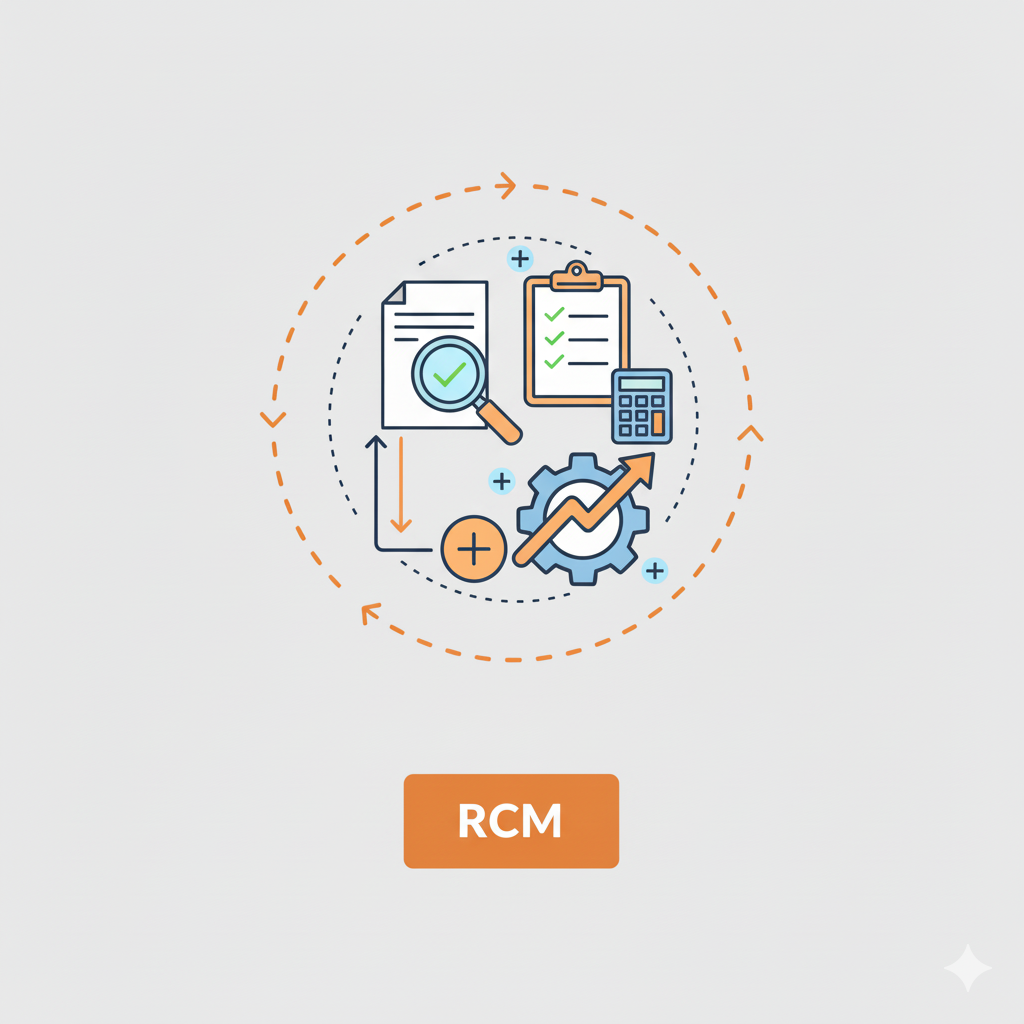Business Compliance: How to Turn Regulatory Intent into Repeatable, Auditable Action
Across finance, healthcare, energy, public sector, and consumer services, the core compliance challenge is the same: rules change faster than spreadsheets, but production systems can’t. Business compliance leaders need a change process that keeps pace with the enterprise, proves control design and effectiveness, and never turns into a bottleneck for IT or the business. ChangeGear’s approach to change management was built for that reality. It makes the forward schedule of change visible across the organization, aligns the rigor of approvals with the risk of the work, and streamlines the record-keeping that audits demand—all while staying easy enough that teams actually use it.
ChangeGear Change Management (2)
A strong business compliance program starts with shared visibility. Change events should be planned and seen by everyone who bears risk: compliance officers, business process owners, application owners, security, and internal audit. With a real change calendar that shows change windows and blackout periods, leaders stop discovering conflicts by email the night before a release. The calendar belongs in the work itself, not in a separate file, which is why being able to embed the schedule directly into the change request form matters; requesters see the constraints as they plan, and reviewers judge impact with a complete picture in front of them. When the organization needs to coordinate beyond a single tool, the same request can be exported to standard calendar formats so legal, finance, and external partners stay aligned without re-keying dates or copying screenshots.
Governance lives or dies on right-sized process. Business compliance does not mean one monolithic workflow; it means the right checks for the right risk. Multi-modal processing lets you define different policies for ITIL-style change enablement, DevOps pipelines, and business-owned processes that affect regulated operations. Low-risk, repeatable activity can move through pre-authorized models that are quick to schedule and easy to verify; higher-risk work routes to structured approvals with a clear trail. The practical effect is a process that fits how teams deliver change today while preserving the guarantees that compliance, legal, and audit require.
Approvals only protect you if they are timely and traceable. In a business compliance context, approvers span more than IT: the chief compliance officer, line-of-business compliance leads, risk managers, data privacy officers, information security leaders, finance controllers, legal counsel, vendor management, and internal audit may all have a say depending on scope. The platform should make these roles obvious on the record and notify them automatically at the right step, not ask coordinators to build bespoke email trees. When a CAB is needed, it must be simple to run whether participants are in the same room or spread across time zones; virtual and in-person sessions should draw from the same data, agenda, and pre-reads so decisions are consistent and defensible.
Speed comes from automation, not shortcuts. Compliance teams need to move faster without weakening proof. Codeless business process automations, SLAs, and routing rules remove manual steps and reduce cycle time while making outcomes more predictable. Risk documentation is collected as work happens, not after the fact: the request, the assessment, the approvals, the implementation plan, the testing and backout evidence, and the post-implementation review are all captured in one place. Because those artifacts are stored against the change, compliance reporting becomes export rather than archaeology, and the time required to answer auditors’ “show me” questions drops from days to minutes.
Visibility after the fact is as important as visibility up front. Dashboards give executives and control owners a live view of changes in flight, risk concentrations, upcoming windows, and the health of approvals. Collaboration features make it easy to run peer reviews or CABs with consistent materials, and automated notifications keep implementers and approvers on schedule without blanketing the entire department with noise. When business stakeholders can see the queue and the calendar, they predict impact before work starts and spend less time asking for status once it does.
Compliance rarely ends at the border of one toolchain, which is why interconnected change services are essential. The change record should be able to pull in release artifacts from development pipelines, capture code and configuration diffs from source control and infrastructure tools, and tie to asset and monitoring systems so scope and verification are grounded in reality. RESTful integration allows requests to be created or updated from other programs and ensures that governance follows the change across the systems that actually implement it. When auditors arrive, the full trail—intent, approval, evidence—travels with the record rather than being scattered across five apps and three teams.
The people side of business compliance deserves just as much design as the technology. Compliance officers need a predictable path to interpret obligations and trigger the right level of control; risk managers need measurable thresholds; business process owners need a way to propose changes without gaming the system; change managers need a single source of truth to run the schedule; CAB chairs need crisp context to drive decisions; internal auditors need objective evidence and immutable history; and executives need a daily lens on risk and throughput. A good platform turns all of that into muscle memory: the same sequence of steps, the same places to look, and the same types of proof no matter which department originates the change.
What does “good” look like when business compliance is the lens? Every change related to a regulated process carries a risk score tied to policy; the forward schedule prevents collisions with quarter-end, clinical cutovers, maintenance windows, or CIP blackout periods; approvers are the right accountable roles and their decisions are time-stamped; implementation evidence is attached before the ticket can close; and the post-implementation review records whether the control actually worked. What does “bad” look like? PDFs updated but systems untouched, emergency paths used as the norm, approvals given in meetings but never captured, calendars managed in parallel, evidence scattered in personal drives, and reports produced by hand at audit time. The difference between the two is less a matter of intent than of infrastructure.
ChangeGear’s change management for business compliance was designed to make the “good” state the default. It streamlines the end-to-end process with codeless, built-in workflows that fit ITIL, DevOps, and business-led change; accelerates approvals with pre-authorization patterns that recognize proven teams; automates routing and notifications so hand-offs don’t stall; and surrounds the entire program with reporting that makes risk, volume, and readiness visible every day. Because it centralizes change information and automates the collection of risk documentation and history, compliance reporting becomes dramatically faster. And because it integrates cleanly with development toolchains, asset management, monitoring, and source control, the change record becomes the single narrative that business compliance, IT, and audit can all trust.
In the end, business compliance is about turning regulatory intent into repeatable behavior, then proving it without disrupting the business you’re protecting. A modern change platform provides the shared calendar, the adaptable workflows, the connected evidence, and the role clarity to do exactly that—at the speed your organization needs to operate.
Latest Insight

Is Your Knowledge Ready for AI

Change for Business Compliance









.svg)
.svg)